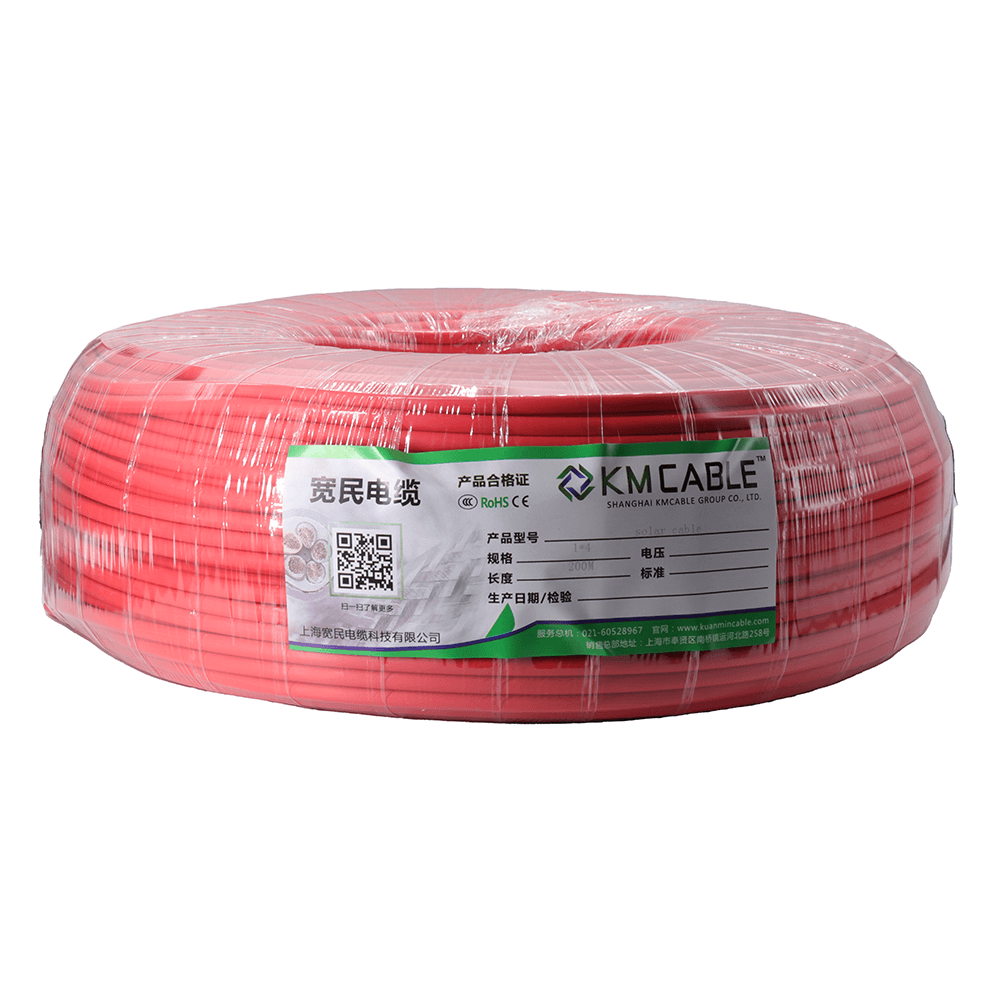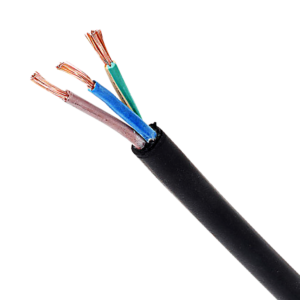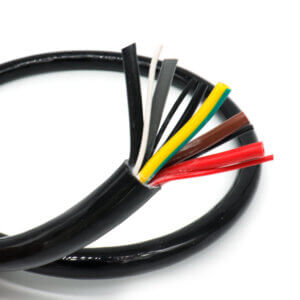PV Wire
With the growth of the global installed capacity of photovoltaic (PV), the demand for PV cables, as an important part of PV systems, is also increasing. Solar panels are exposed to sunlight for long periods of time. These special cables are professionally cross-linked and irradiated, resistant to sunlight as well as ozone, and temperatures of up to 90°C. They are able to work in harsh environments for up to 25+ years. Let me introduce PV cables, the differences, and their role in solar arrays in more detail.
What is a PV cable?
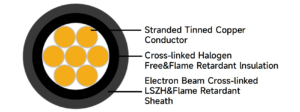
-300x300.jpg)
A PV cable is a specialized cable for photovoltaic systems. This cable is used to connect the PV panels to each other and to the inverter, transmitting the DC current. PV cables have a temperature resistance of up to 90°C and are provided with a layer of insulation and a jacket. Common standards for PV cables are UL4703, 2PfG 1169,H1Z2Z2-K.
PV Cable Specifications
- Common sizes of PV cables: 10 awg, 12 awg, 4mm, 6mm
- Conductor material of PV cable: tinned copper
- Insulation material of PV cable: XLPO; Jacket material: XLPO
- Number of cores of PV cable: generally single-core, also double-core
- Conductor of PV cable: Tin-plated copper
- Rated temperature of PV cables: -40℃~90℃
- Ordinary cables are PVC-sheathed, and the sunlight resistance of PVC sheathing is much lower than that of XLPO material for PV cables.
Difference between photovoltaic cables and normal cables
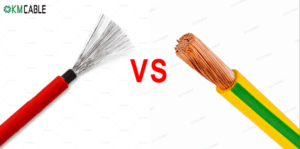
Solar cables benefit from the excellence of their sheath insulation material, which has very good anti-aging ability. Even in harsh conditions, they can last up to 25 years without breakage or aging. Below is a table for a more intuitive understanding:
| Photovoltaic cable | General cable |
|---|---|
| Sheath insulation | XLPO |
| Conductor material | Tinned copper |
| Temperature Resistance | -40℃~90℃ |
| Resistant to sunlight | Yes |
| Ozone resistant | Yes |
| Aging resistance | Excellent |
| Friction resistance | Excellent |
Solar cable sizes
The most common sizes of solar cables are 6 awg, 8 awg, 10 awg, 12 awg; 16mm, 10mm, 6mm, 4mm, 2.5mm. You need to choose the size according to the current carrying capacity of the PV system. Below is a table for your reference:
| AWG | Cross section (mm^2) | Current Carrying Capacity at 60℃(A) |
|---|---|---|
| 14 | 2.5 | 41 |
| 12 | 4 | 55 |
| 10 | 6 | 70 |
| 8 | 10 | 98 |
| 6 | 16 | 132 |
| 4 | 25 | 176 |
| 2 | 35 | 218 |
I advise my customers to select cables according to the above table whenever possible. The larger the cable, the higher the current carrying capacity. This is because when you pass much more current than the cable can carry, heat will be generated, which may cause a fire accident in serious cases.
Your reliable PV cable manufacturer
The quality of the PV cable market varies. Some manufacturers, in order to attract customers with low prices, offer products with low copper content and smaller copper wires than the specified standard. These products look the same on the outside but pose safety risks during actual use. I still recommend that you choose a PV cable supplier with TUV UL certification. KMCABLE has been focusing on the quality of PV cables with full certification. If you have any cable needs, please feel free to consult us.

